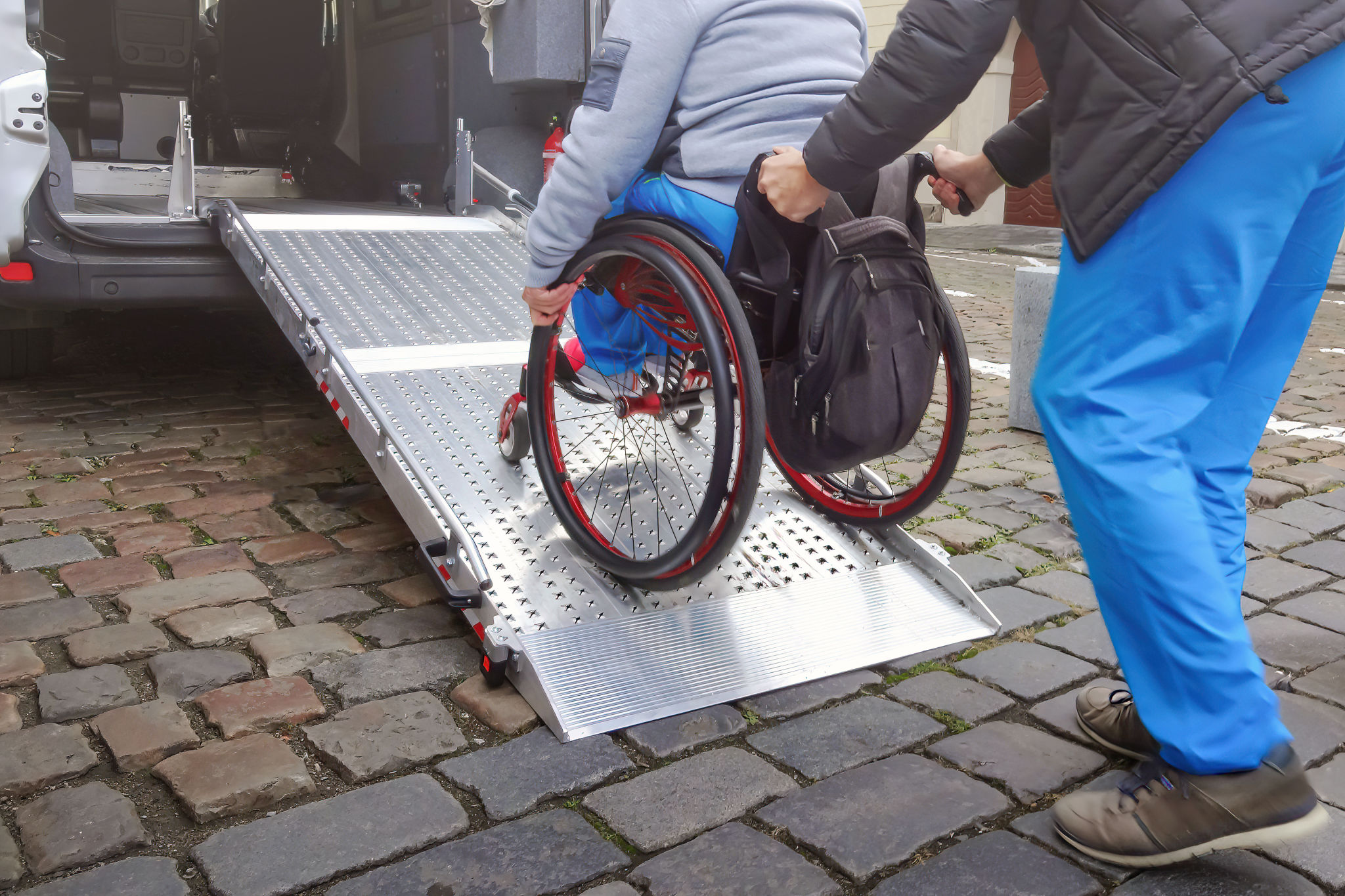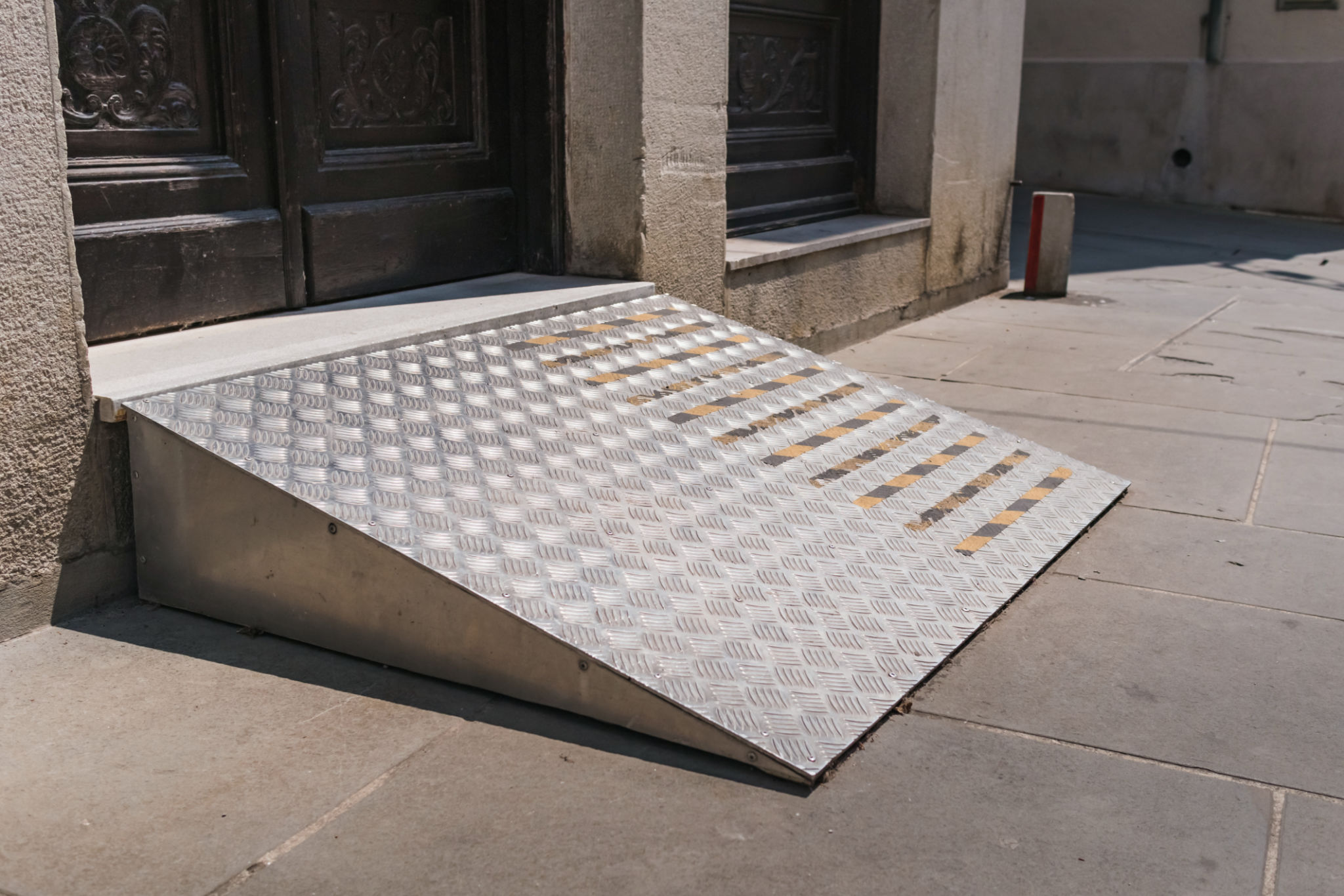Step-by-Step Installation of Wheelchair Ramps in Vehicles: What You Need to Know
Understanding the Importance of Wheelchair Ramps in Vehicles
Wheelchair ramps play a crucial role in enhancing mobility and independence for individuals with disabilities. Installing a wheelchair ramp in a vehicle can make transportation more accessible and convenient. Whether for personal use or a loved one, understanding the installation process ensures that the ramp functions effectively and safely.

Choosing the Right Ramp for Your Vehicle
Before beginning the installation, it's essential to select the right type of ramp for your vehicle. Consider factors such as the vehicle's size, the wheelchair's dimensions, and how often the ramp will be used. Popular options include folding ramps, telescoping ramps, and permanent ramps. Each type has its advantages, so assess your needs carefully.
Folding Ramps
Folding ramps are portable and easy to store, making them an excellent choice for those who need flexibility. These ramps typically unfold in sections and can be placed in the vehicle when not in use.
Telescoping Ramps
Telescoping ramps are adjustable in length, allowing them to fit various vehicles and situations. They are lightweight and easy to handle, making them suitable for frequent use.

Preparing for Installation
Once you have chosen the appropriate ramp, prepare your vehicle for installation. Ensure that there is enough space in the vehicle's entryway and that the surface is level and stable. It's also advisable to gather all necessary tools and materials before starting to avoid interruptions during the process.
Tools You May Need
- Drill and drill bits
- Screwdriver set
- Measuring tape
- Level
- Screws and bolts
Step-by-Step Installation Process
With everything prepared, you can proceed with the installation. Follow these steps to ensure a secure and functional ramp setup:
- Measure and Mark: Determine where the ramp will be installed. Use a measuring tape to mark accurate points for drilling holes.
- Drill Holes: Carefully drill holes at the marked points, ensuring they align with the ramp's attachment points.
- Attach the Ramp: Secure the ramp using screws or bolts. Double-check that all fastenings are tight and stable.
- Test the Ramp: Before using it regularly, test the ramp with a wheelchair to ensure it supports weight effectively and is safe to use.

Safety Tips After Installation
After installation, maintaining safety is paramount. Regularly check the ramp for any signs of wear or damage. Ensure that all components remain securely fastened, and keep the ramp clean to prevent slips. Additionally, educate users on proper ramp usage to maximize safety.
Regular Maintenance
Conduct routine inspections of the ramp to identify potential issues early. Tighten any loose screws or bolts, and replace worn-out parts promptly. This proactive approach ensures the longevity and reliability of your vehicle's wheelchair ramp.
Installing a wheelchair ramp in a vehicle is a worthwhile investment that enhances accessibility and independence. By following these steps and tips, you can successfully install a safe and efficient ramp tailored to your needs.
